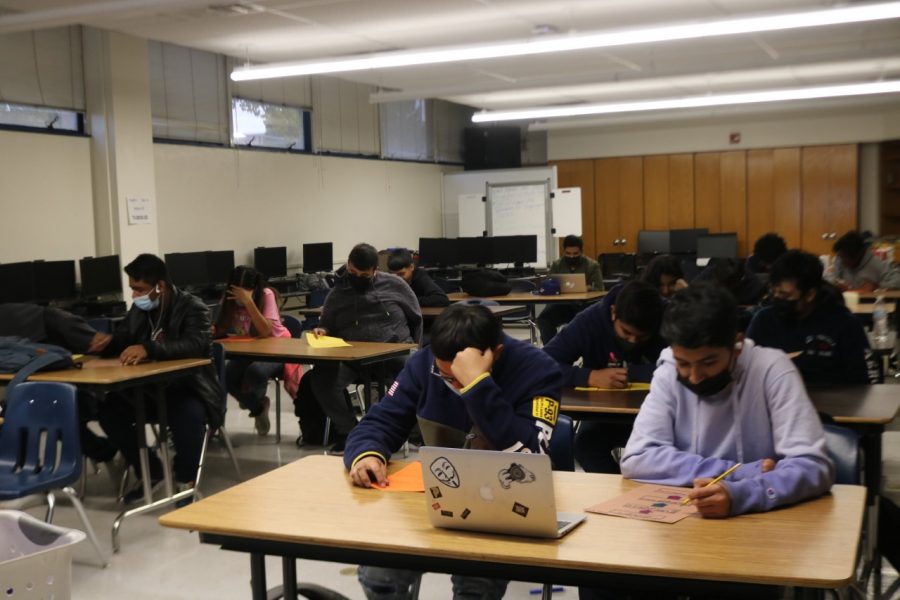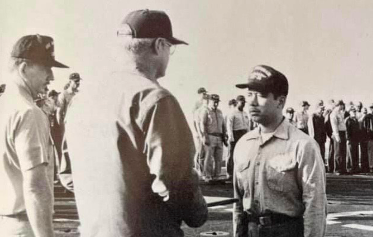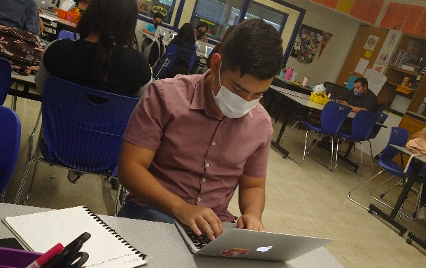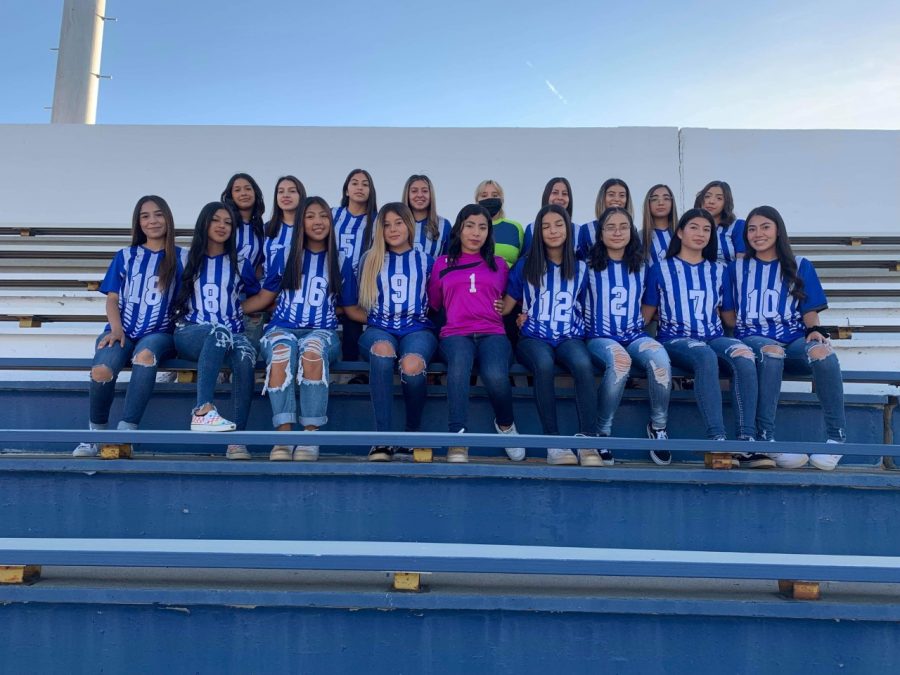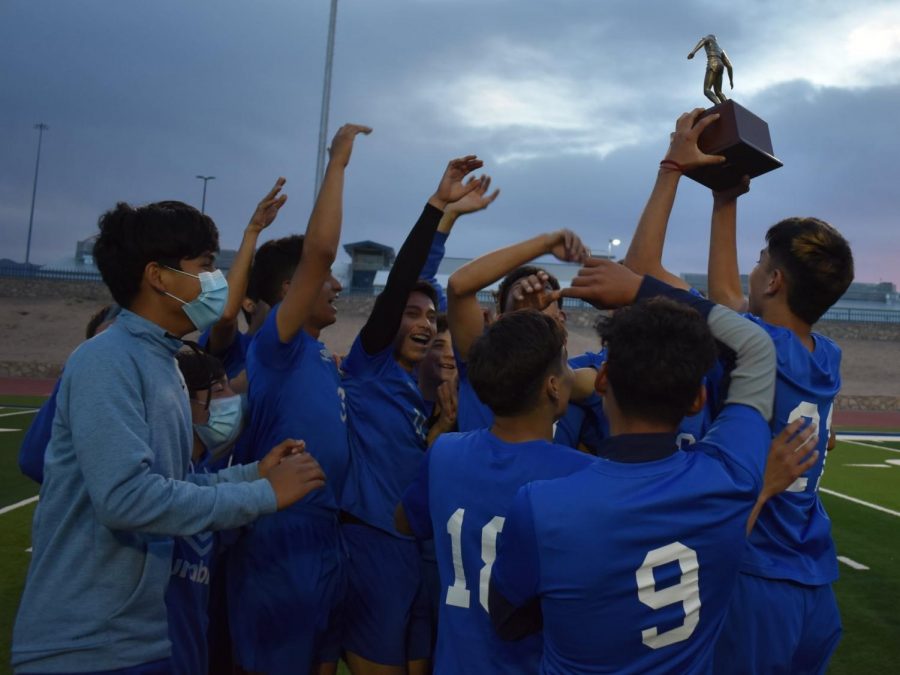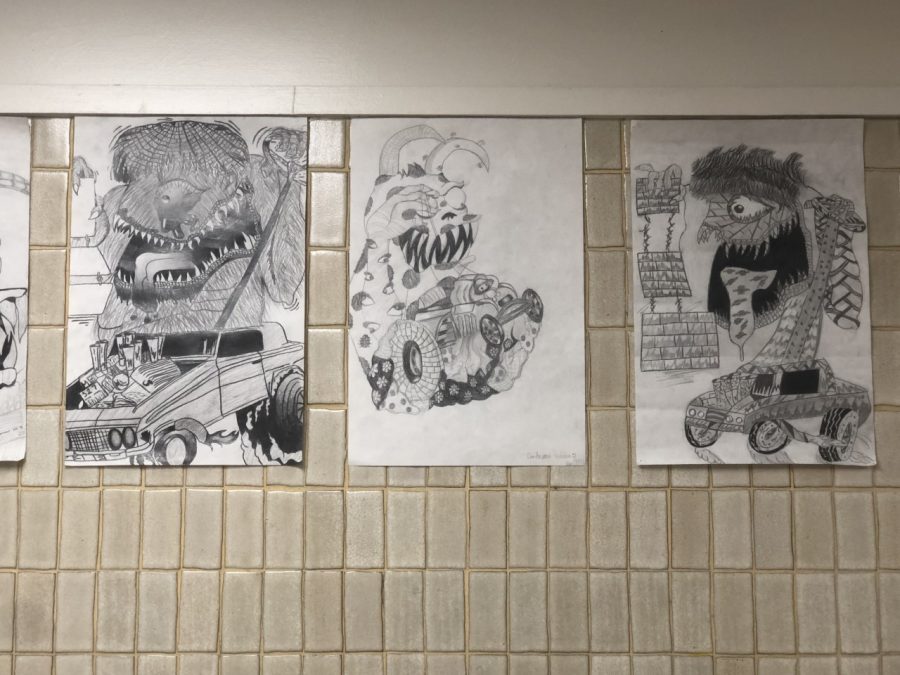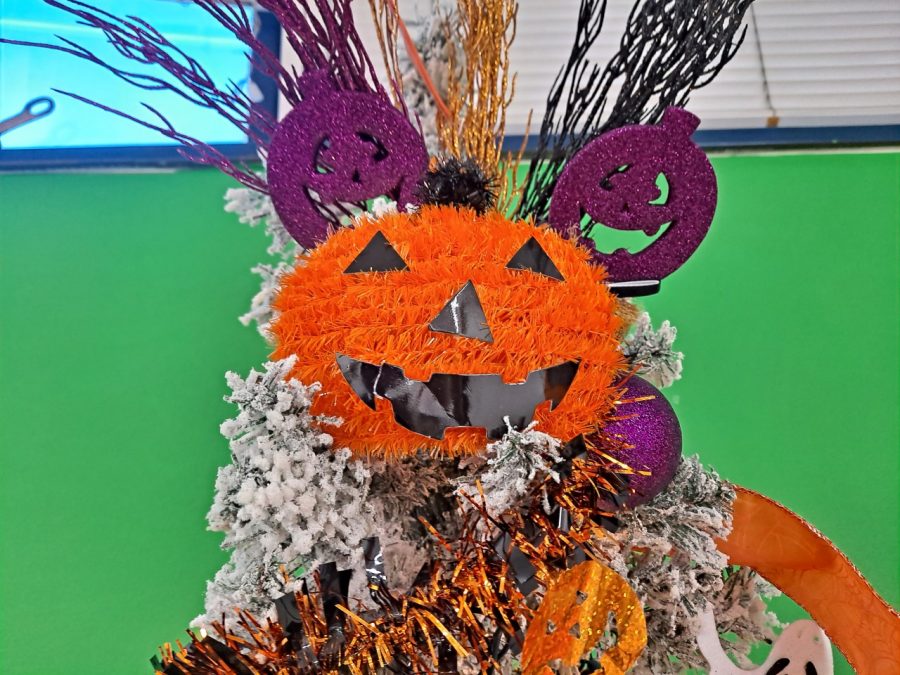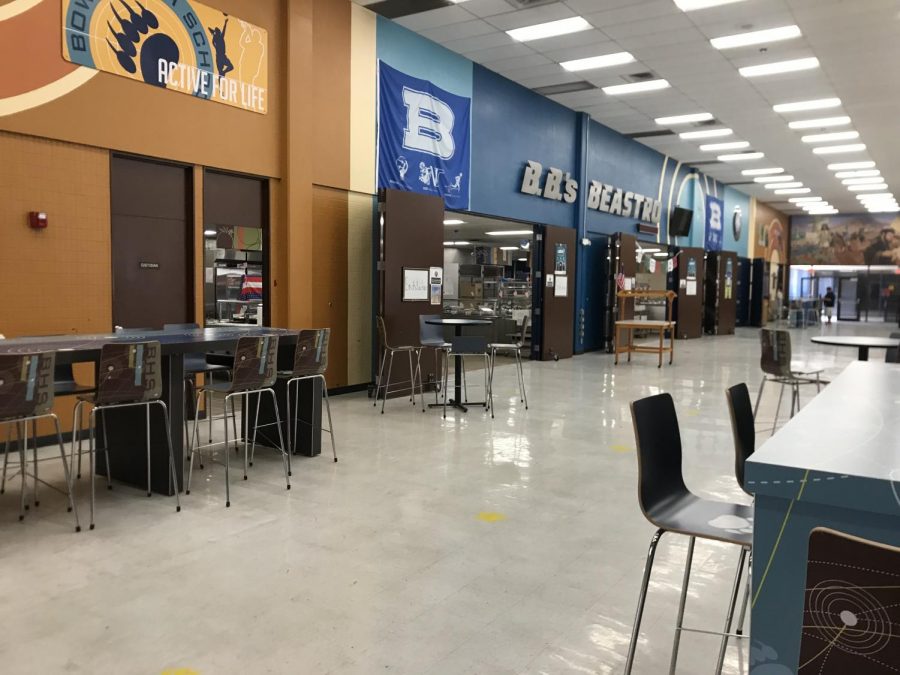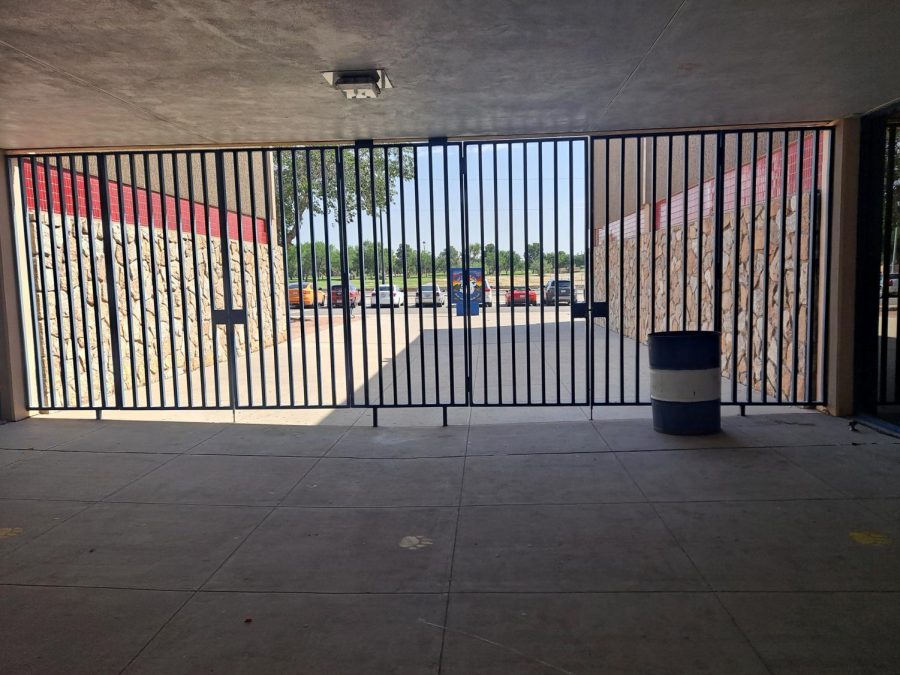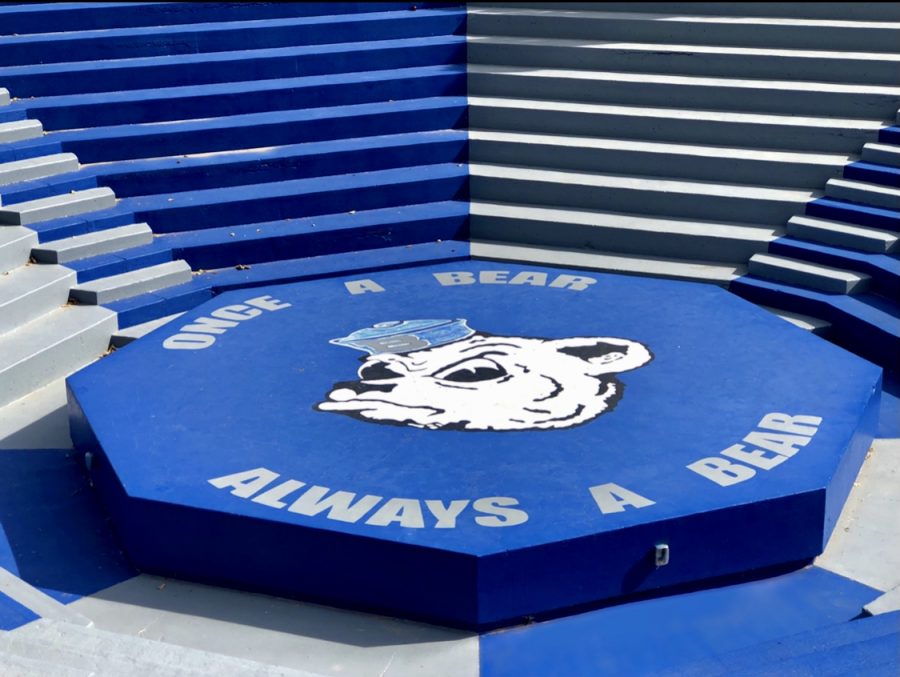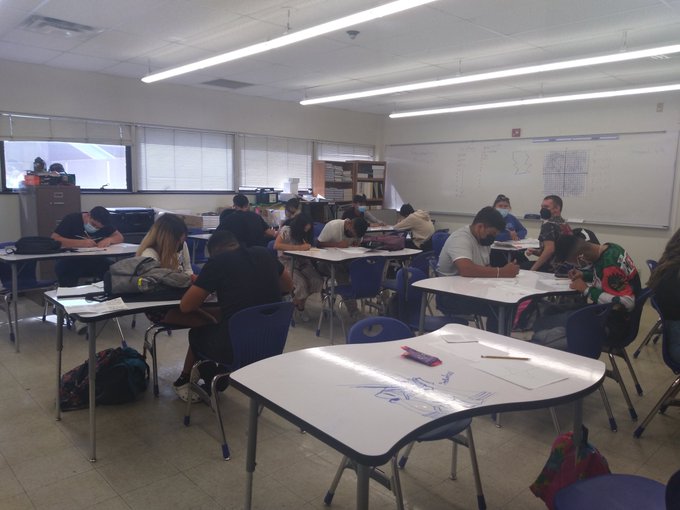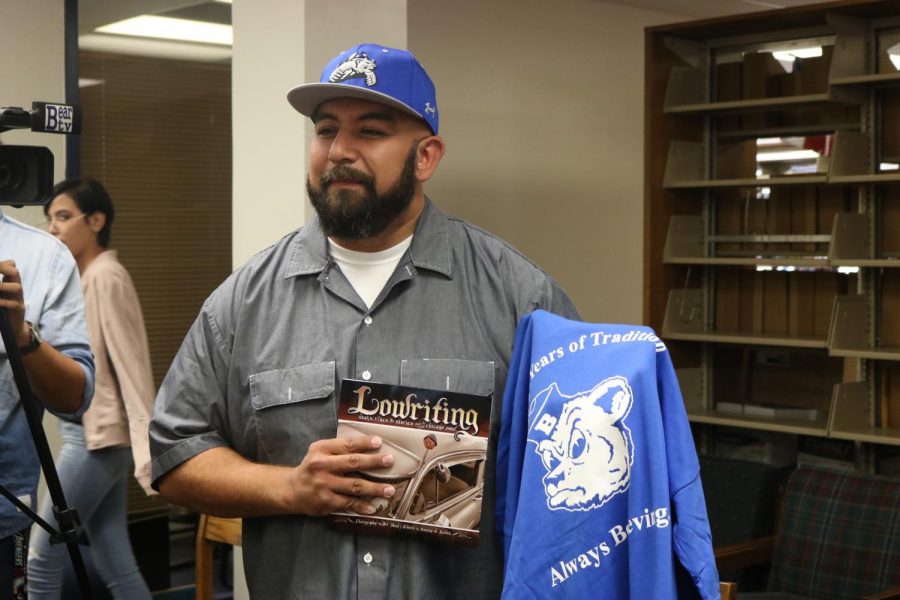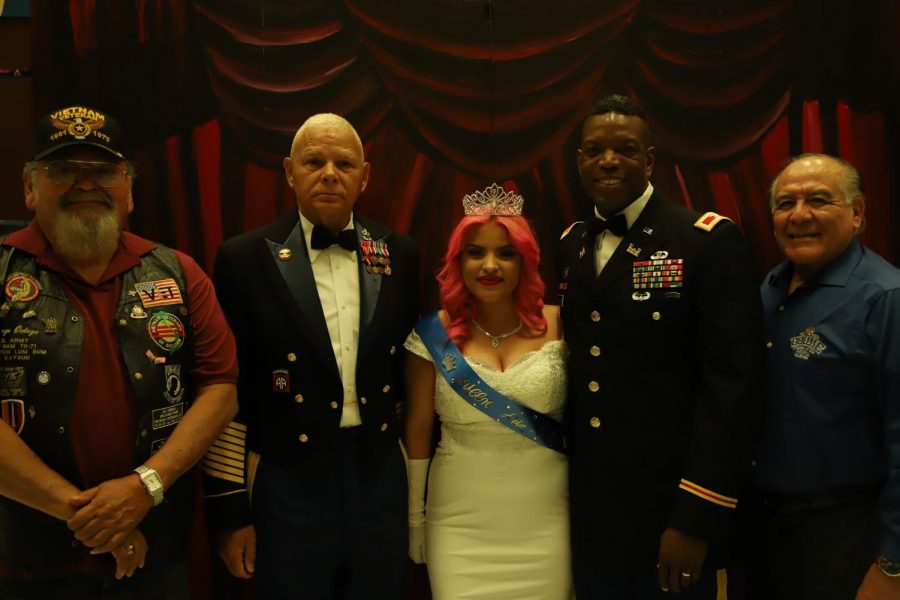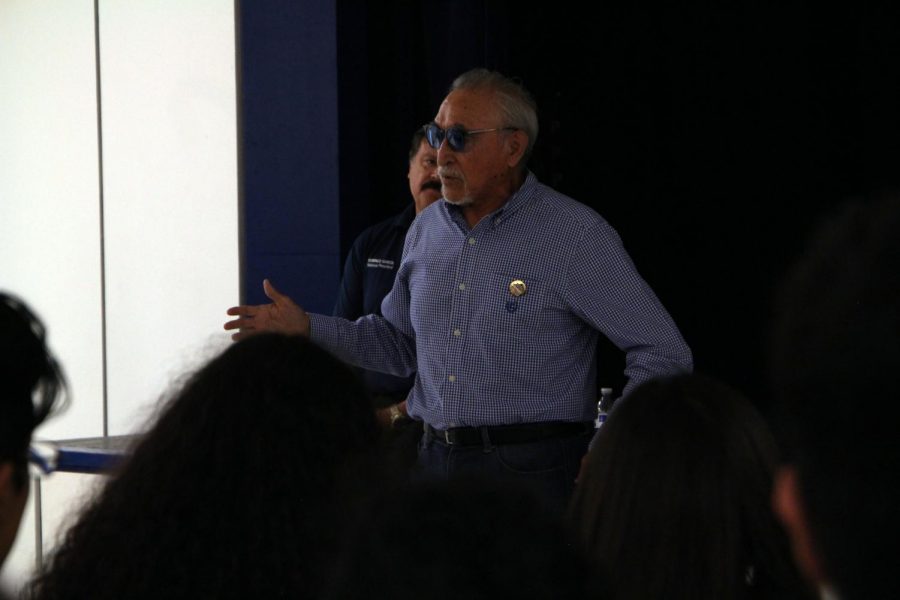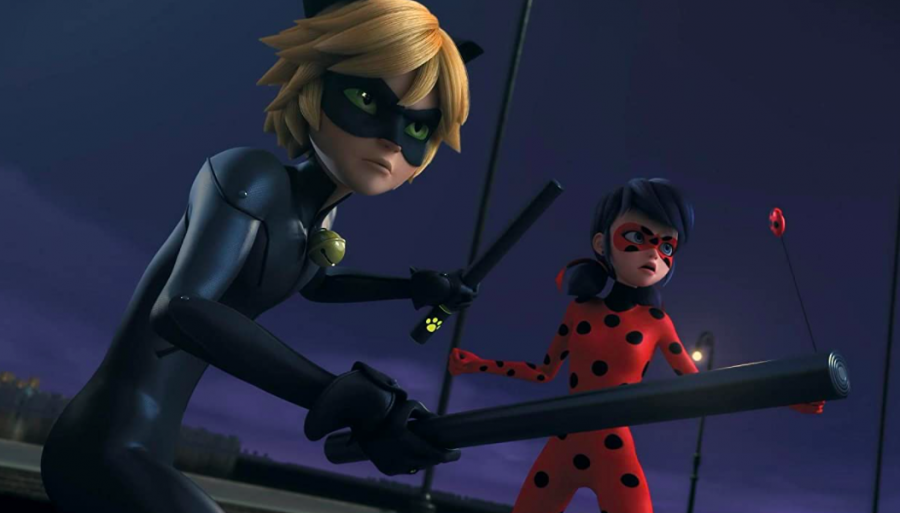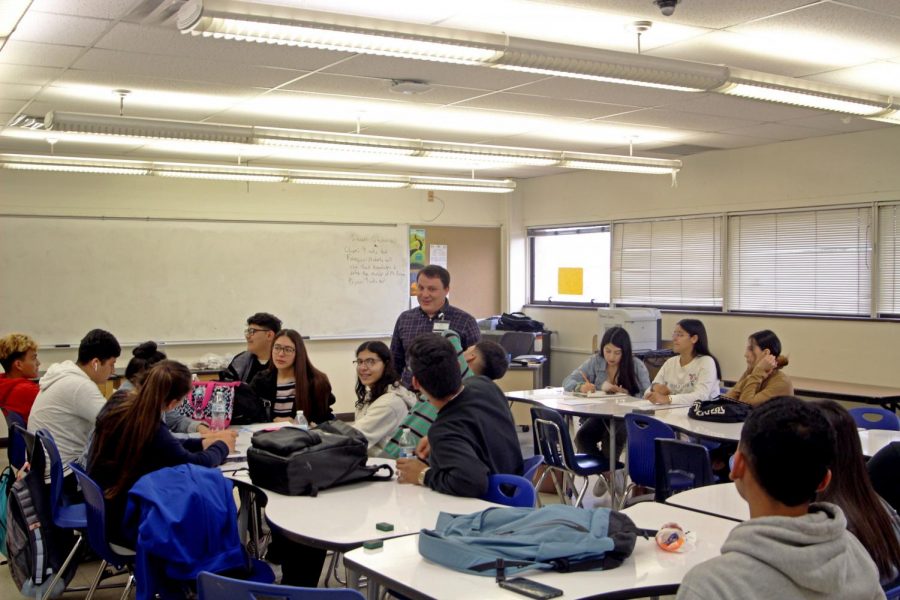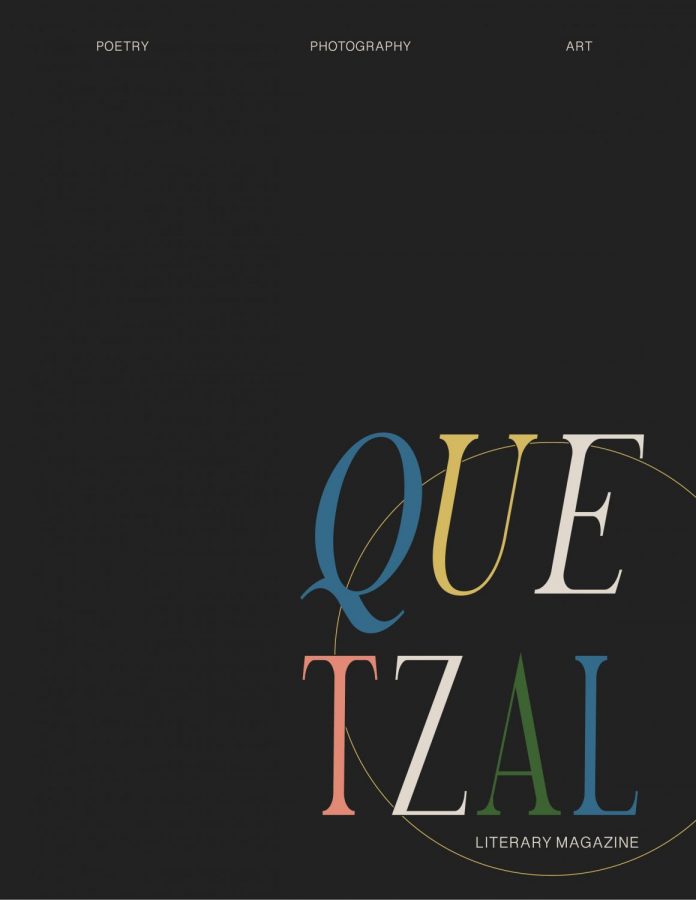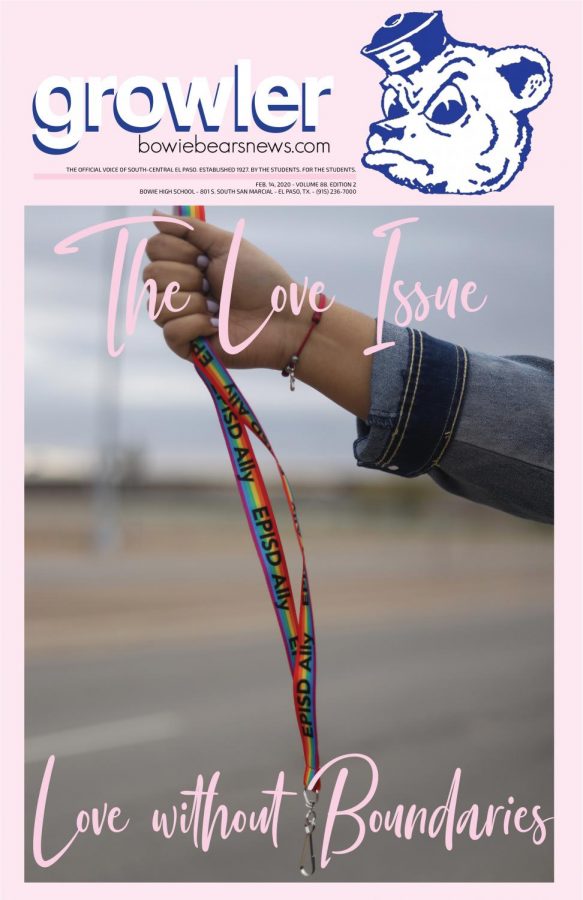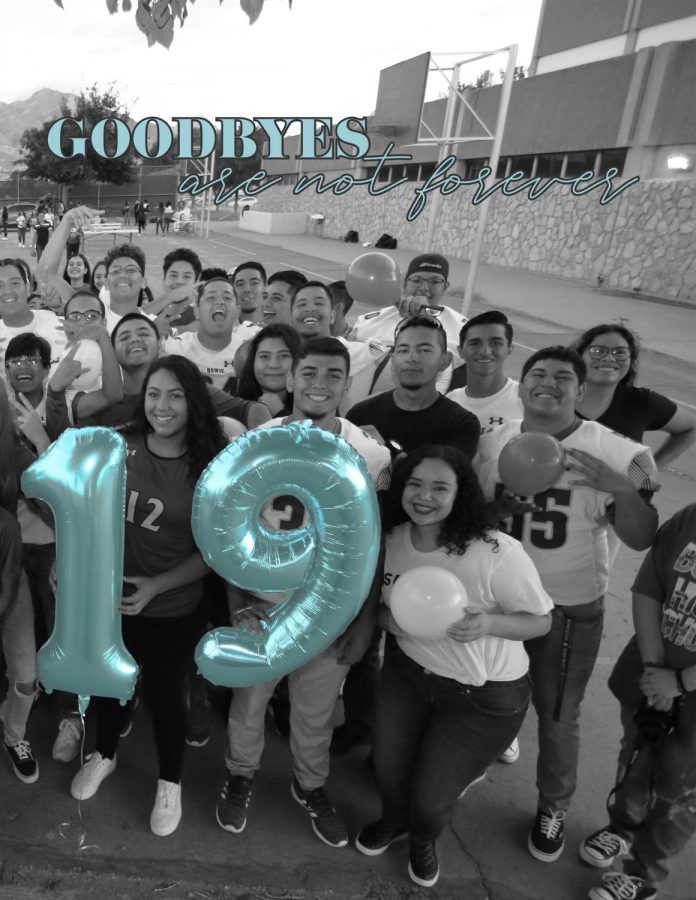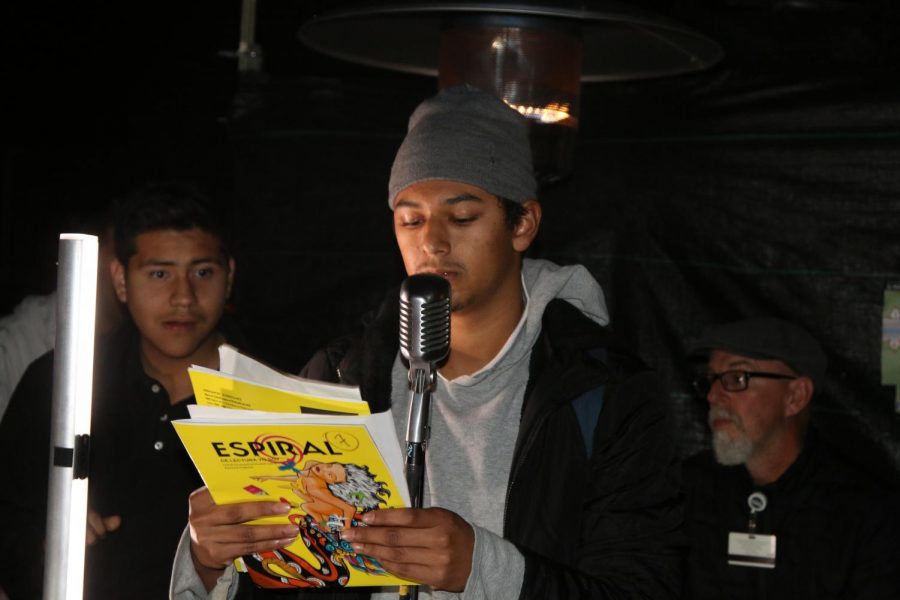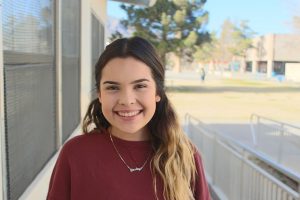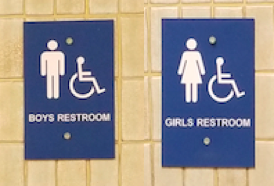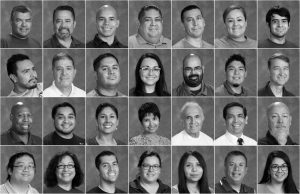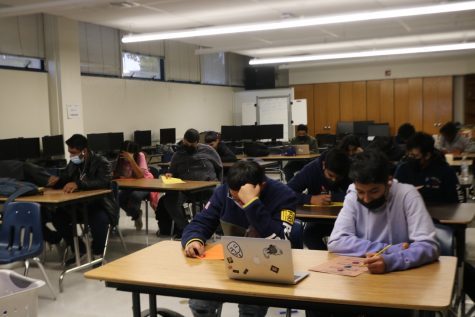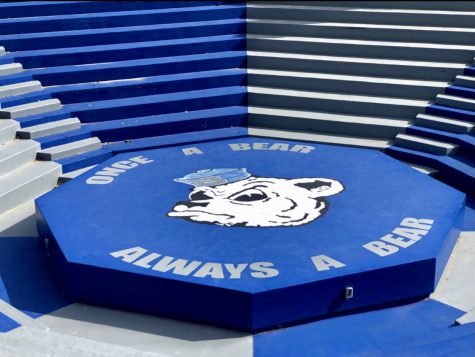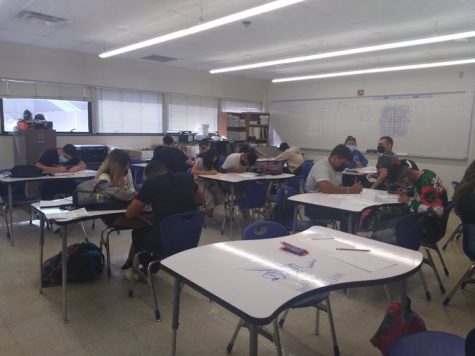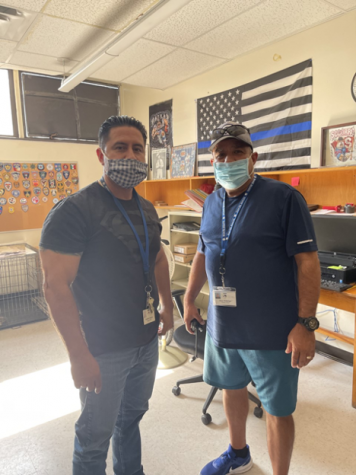Kerry Doyle, the director of our big project
November 19, 2019
Kerry Doyle, curator of the Rubin Center and the director of the Rubin Center for the visual arts at UTEP, received a call from Rafael saying that he wanted to do a project on the border and he had seen some of the earlier projects we had done with other artists.
“At the Rubin center, we do a lot of projects that involve El Paso and Juarez. He had never been to El Paso and Juarez before so we invited him to come down and spend a week here and we took him all around both sides of the border and we had him meet with groups of people and he came up with this concept about listening,” Doyle said.
Doyle states that the most interesting thing about the border has nothing to do with the wall that divides the two cities, but all of the different ways that we negotiate that wall.
“People who are trapped on one side or the other because of their documentation or their life status, people who cross the border every day and people who have lives on both sides and people who have never been to the other side, that all of those things would be a more interesting story or an interesting project than just the lights,” Doyle said.
What they are trying to accomplish is for people to see what it’s like to live in the borderline, the complexity of living on both sides, hearing how people sometimes live in both cities and speak both languages, maybe hold both nationalities but also a little bit of how the wall affects everyday life here in the border.
“We’re interested in hearing how people sometimes live in both cities and speak both languages, maybe hold both nationalities but also a little bit of how the wall affects everyday life here in the border. We’re also interested on the positive things and the difficult things but we’re interested in making a narrative story that’s more complex than what you usually see in the news about the border. It’s really often just about the wall or just about certain difficult things happening here. We’re interested in hearing something that’s more complex,” Doyle said.
The lights were mirrored on both sides of the border, 3 stations on Bowie campus and the other 3 on the Chamizal park and are powerful searchlights that if someone could fold them they would make a perfect mirror because the stations are perfectly aligned. Each searchlight has a podium that control the lights into a direction and once they meet you will be able to communicate with other people across the border.
“What happens is, you come up to the podium and there’s a little dial on the podium. The dial is like a radio dial. When you’re tuning the dial, what’s actually happening is that there’s three big searchlights behind you that are moving across the night sky. You can see them move back and forth so you’re in Juarez moving the dial and I’m in El Paso turning the dial. When our searchlights connect, you feel a little click. It’s called haptic feedback but it is actually programmed in a little physical click that you feel. When that click happens, we have a sound channel that opens up between you and me so we can have a conversation,” Doyle said.
While deciding where to put this event they had to think of a place where the lights would be spaced out evenly and create a circle.
“Some of it is practical reasons so we needed to have a place where we can set up the lights as I told you that we need it in a position that’s exactly mirrored on one side from the other and if the lights can actually connect. If you think about the two cities, so we had to find a place that would connect and be set aside from each other, so if you look at it from above it looks like a circle of lights so it looks exactly the same on either side,” Doyle said.

